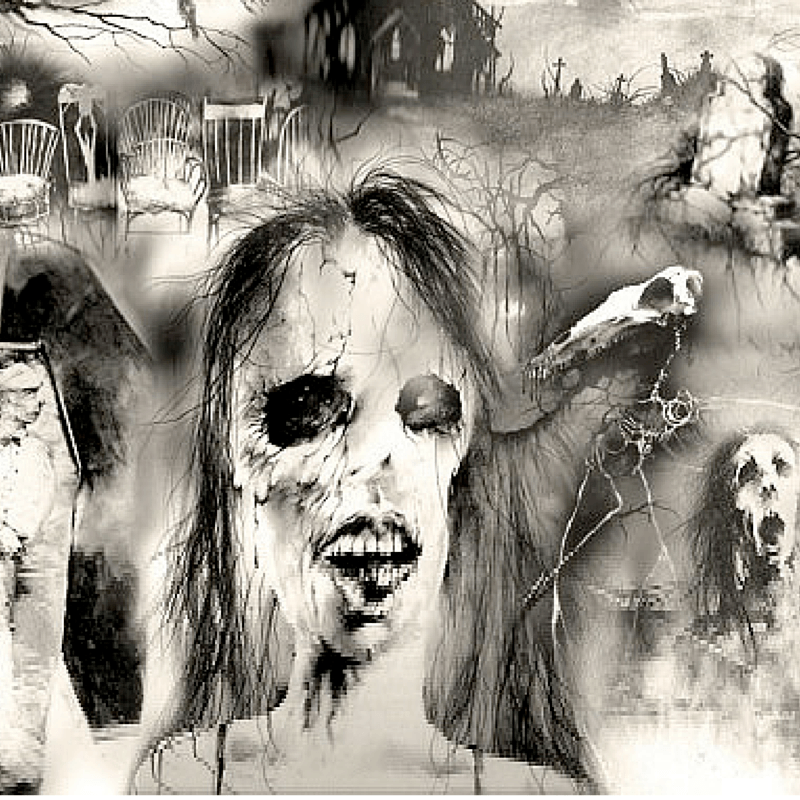Scary Stories To Tell In The Dark (1981)

Image Source: Sparknotes
Forget Goosebumps — ’90s kids will likely remember cowering under their blankets reading these books — three of them in all — which have topped the American Library Association’s list of most challenged books over the last 20 years.
The Scary Stories to Tell in the Dark series was written by Alvin Schwartz and illustrated by Stephen Gammell, and drew heavily from folklore and urban legends. While the stories were plenty unsettling, what people most remember (and what made them so controversial) were the illustrations — horrifying black and white sketches of often oblong, wan faces with bugs crawling out of open wounds or dismembered feet falling down a chimney (presumably meaning the rest of the body was still stuck there).
The illustrations were thought unsuitable for children and the series was constantly challenged. “If these books were movies, they’d be R-rated because of the graphic violence,” schoolteacher, parent and vocal Scary Stories opponent Sandy Vanderburg said in a 1993 interview. “There’s no moral to them. The bad guys always win. And they make light of death. There’s a story called ‘Just Delicious’ about a woman who goes to a mortuary, steals another woman’s liver, and feeds it to her husband. That’s sick.”
One of the most remembered tales from the book — “High Beams” — comes from an oft-repeated urban legend about a girl driving alone on the highway at night. She notices the car behind her keeps speeding up close and flashing their high beams at her. She becomes increasingly frightened, thinking the person is coming after her for some reason. Finally, she pulls over, and the driver behind her exits the car with a gun and comes over.
But instead of going after her, he goes into the backseat of her car — where a murderer has been hiding. Eventually, the reader learns that each time the murderer sat up in the back seat to go in for the kill, the driver flashed his high beams to make the killer hide again. The urban legend itself dates back to the 1960s, and is usually linked to carjackings, where the criminal hops in the backseat of an unattended car and then takes the driver hostage.
On the 30th anniversary of the series, the books were reissued with less frightening illustrations — which caused an uproar from kids who loved the spooky originals.





